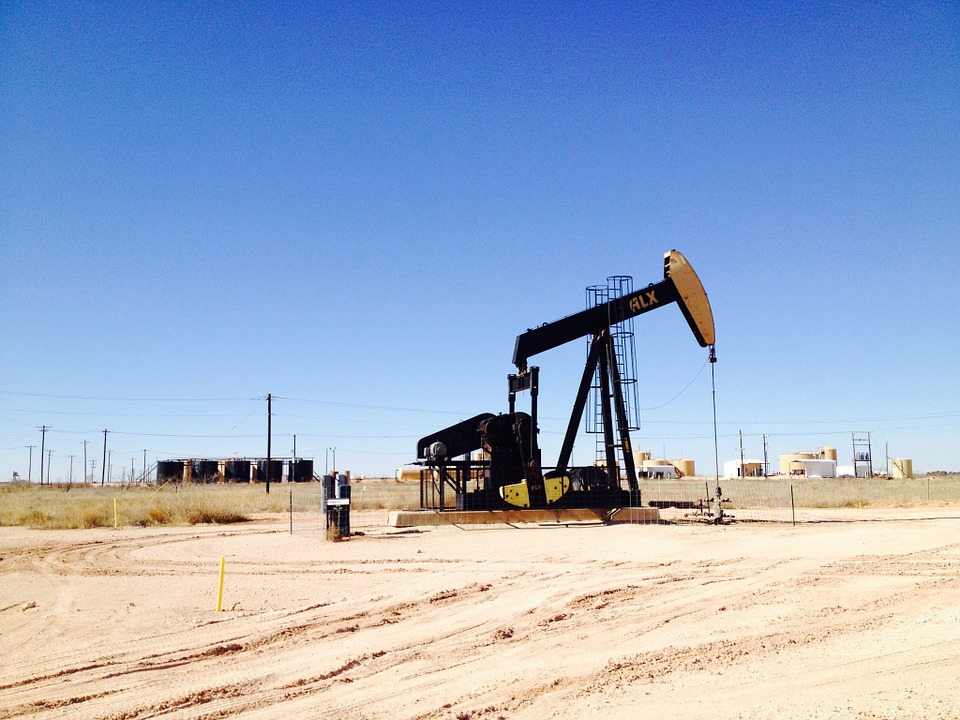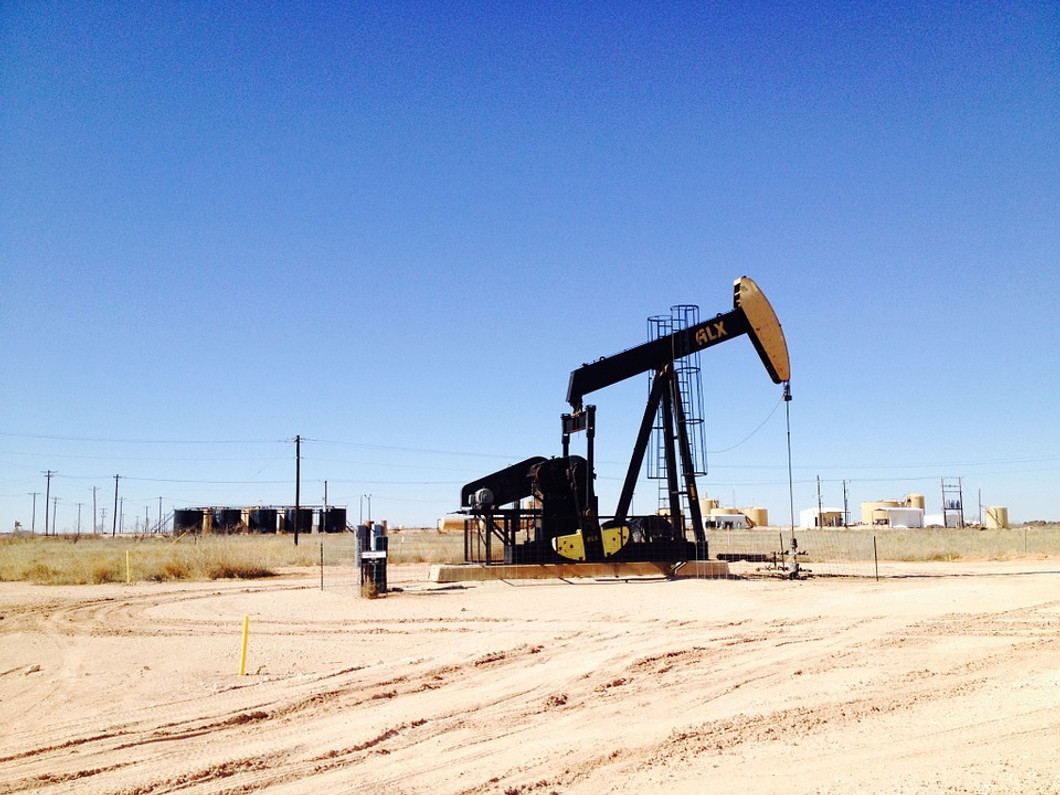OSHA Publishes Silica Rule Compliance Tips for Employers

Silica dust is found in a variety of industries, including hydraulic fracking, construction and shipyards. Also known as crystalline silica, it's a natural mineral that occurs in the Earth's crust. Companies use it to produce everything from bricks and counters to ceramic pottery, glass and more. And while silica dust is harmless when the proper safety precautions are taken, many employers and workers ignore these otherwise basic safety measures, resulting in increased rates of worker illness.
Because it's such a fine substance, silica dust can be inhaled into the lungs. This is concerning due to the fact that our lungs are designed to handle this substance. When a worker inhales silica dust, he or she may develop potentially fatal illnesses like silicosis, lung cancer, chronic obstructive pulmonary disease (COPD) or kidney disease.
To curb rates of silicosis, lung cancer, COPD and kidney disease, OSHA has published a set of new rules and tips regarding silica dust exposure. Available here, OSHA's new guidance segments silica dust exposure into two categories: construction and general industry. Construction employers are required to follow different steps to protect workers from silica dust exposure than employers in the general industry.
According to OSHA's new guidance, construction employers must establish a written plan that explains how they will control silica dust in their workplace, as well as designate a person to implement the plan. They must also restrict housekeeping practices that results in exposure to silica dust, offer medical exams at no additional charge to workers who are required to wear a respiratory, train workers on how to limit exposure to silica dust, and keep records of exposure levels.
"The standard provides flexible alternatives, which OSHA expects will be especially useful for small employers. Employers can either use the control methods laid out in Table 1 of the construction standard, or they can measure workers' exposure to silica and independently decide which dust controls work best to limit exposures to the PEL in their workplaces," wrote OSHA on its official website.
In the general industry, employers must follow similar steps to protect workers from silica dust exposure. For example, employers must asses the level of silica dust to which workers have been exposed if they believe it was higher than 25 micrograms per cubic meter of air over an eight-hour period. They must also provide workers with the appropriate respiratory gear -- a form of personal protective equipment (PPE) -- if workers are exposed to more silica than the currently set permissible limits.
Recent Posts
-
Fire Safety in the Workplace: What You Need to Know
What steps are you taking to prevent fires in your workplace? According to the U.S. Occupational Saf …Aug 23rd 2023 -
Is It Safe to Go Jogging With a Cold Infection?
If you're suffering from a cold infection, you might be wondering whether it's safe to go jogging. T …Aug 22nd 2023 -
5 Safety Tips to Follow When Using a Powder-Actuated Tool
Powder-actuated tools are commonly used to join materials to steel and concrete. Also known as Hilti …Aug 20th 2023




